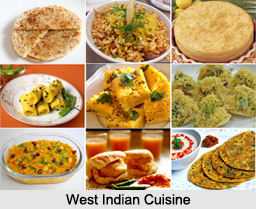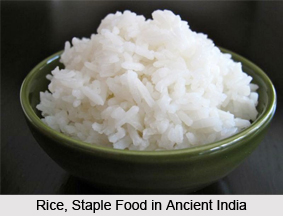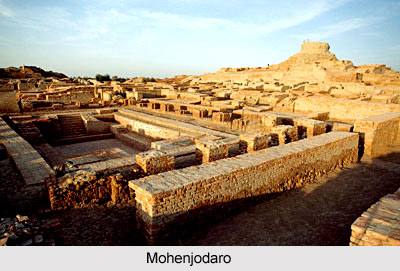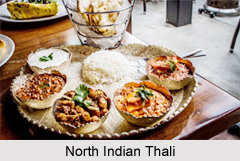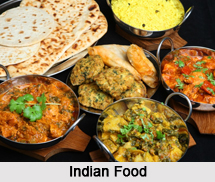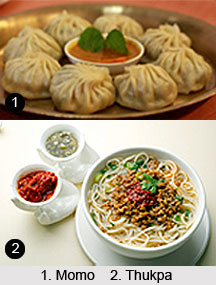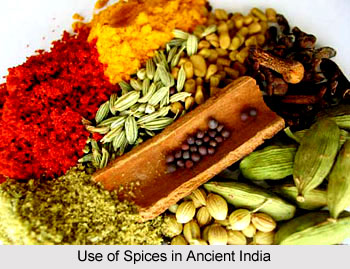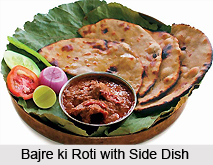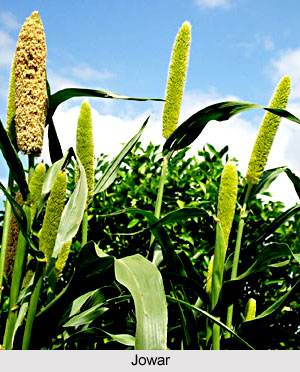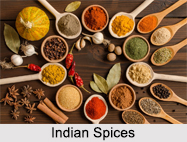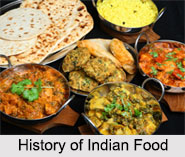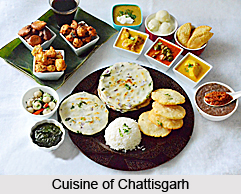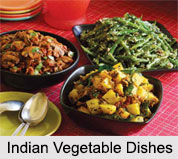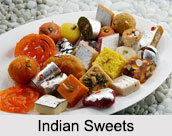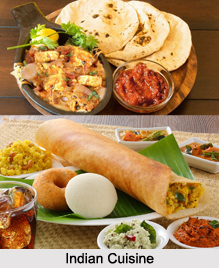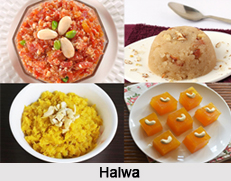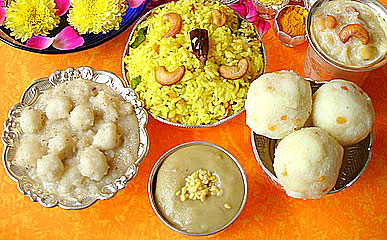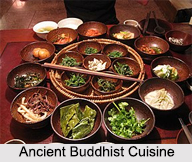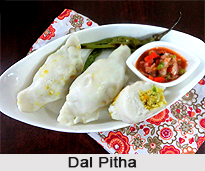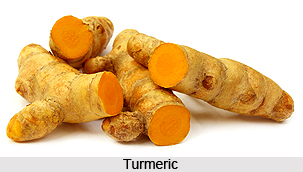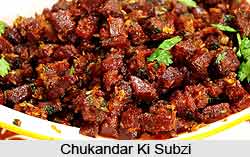 Ki Subzi or "Glazed Beetroot" has its origin in south-western India, where dishes begin with mustard seeds sizzled in oil. The beetroot, cooked in turmeric water, are then folded into the spicy, fragrant oil. Glazed beetroot are excellent served cold as a relish or salad.
Ki Subzi or "Glazed Beetroot" has its origin in south-western India, where dishes begin with mustard seeds sizzled in oil. The beetroot, cooked in turmeric water, are then folded into the spicy, fragrant oil. Glazed beetroot are excellent served cold as a relish or salad.
Ingredients for Chukandar Ki Subzi:
•6 medium fresh beetroot (about 750 g or 2 bunches)
•Half tsp turmeric
•2 tbsp light vegetable oil
•Half tsp black mustard seeds
•1 tsp salt
•1 tsp sugar
Method:
•Cut off the stems and leaves from the beetroot root bunch. Save them for cooking with potatoes.
•Wash beetroot in running cold water, and pat dry with tea towels. Cut them into thin sticks.
•Put the cut beetroot and turmeric into a deep pan, add enough water to barely cover the beetroot, and bring to a boil. Cook the beetroot, uncovered, in briskly boiling water for 5-10 minutes or until they are fully cooked but still firm and hold their shape. Drain, and set aside.
•Heat the oil over high heat in a large frying pan. When the oil is very hot, carefully add the mustard seeds. Keep a pan lid, since the mustard seeds may splatter and splutter when added.
•When the spluttering stops and the mustard seeds turn grey, add the drained cooked beetroot, and cook for a minute, turning and tossing to coat the beetroot with mustard-seed-flavoured oil.
•Sprinkle salt and sugar, and cook for an additional minute. Turn off heat. Check for salt and serve hot, at room temperature, or chilled.
Ingredients for Chukandar Curry:
Beetroot - 2
Onion -1
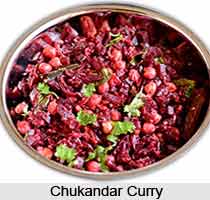 Green chilli - 1-2 slit
Green chilli - 1-2 slit
White Chickpeas - 1/4 cup
Grated coconut -3 tbsp
Oil -2 tsp
Mustard seeds -1 tsp
Urad dal -1/2 tsp
Red chilli -1
Hing - a pinch
Curry leaves - few
Method:
•Wash and soak chickpeas overnight and pressure cook with a little salt until soft.
•Heat oil in a pan; add mustard seeds, when it splutters, add urad dal, red chilli and hing, when dal starts turning golden brown, add green chillies, curry leaves and chopped onions.
•Saute until onions turn transparent.
•Then add chopped beetroot and salt needed. Sprinkle water and cook covered on low flame stirring from time to time.
•When beetroot is cooked, add cooked chickpeas and cook for further 2-3 minutes.
•Add grated coconut, mix well and turn off the heat. Garnish with coriander leaves and serve with rice or roti.
Ingredients for Chukandar-Til Ki Subzi:
•Beetroot- 4 med, diced and boiled
•Oil- 1tbsp
•Mustard- 1/2 tsp
•Jeera/ Cumin- 1/2tsp
•Hing- a pinch
•Curry leaves- 1 sprigAsafoetida
•Til/ Sesame seeds- 2 tbsp, roasted
•Red chilli powder- 1/2- 1 tsp
•Coriander seed powder- 1tsp
•Salt to taste
•Coriander leaves
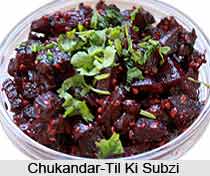 Method:
Method:
•Heat oil in a pan and add the mustard seeds.
•Once it sputters add the jeera and fry till brown
•Add the curry leaves and hing and fry for few seconds.
•Add the boiled beet root and sauté for 2 mins.
•Add the coriander powder, red chilli powder, salt and saute for some more time.
•Add the roasted sesame seeds and toss well.
•Garnish with coriander leaves and serve hot.
